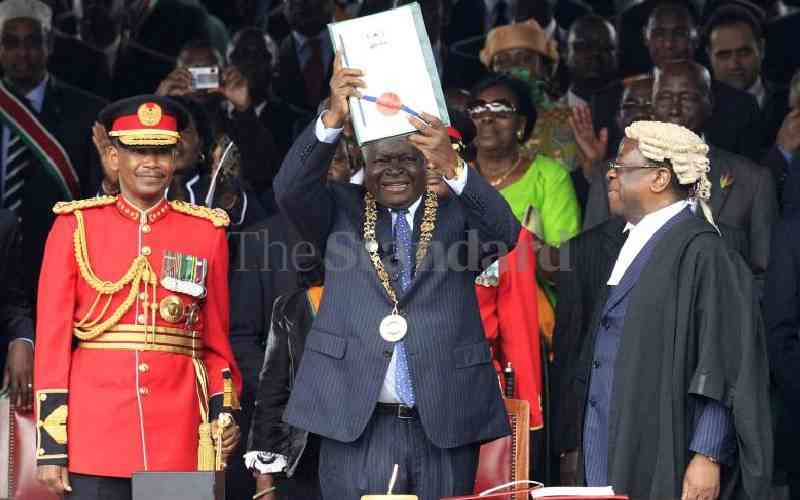×
The Standard e-Paper
Home To Bold Columnists

This week, the country celebrated the 14th year since promulgation of the Constitution 2010. In the prophecy of the Chicago Law School's Comparative Constitutions Project, a constitution has a good life for just about 19 years.
Thereafter it may wear out and may no longer support the realities of the social contract aspirations between the citizens and the state.